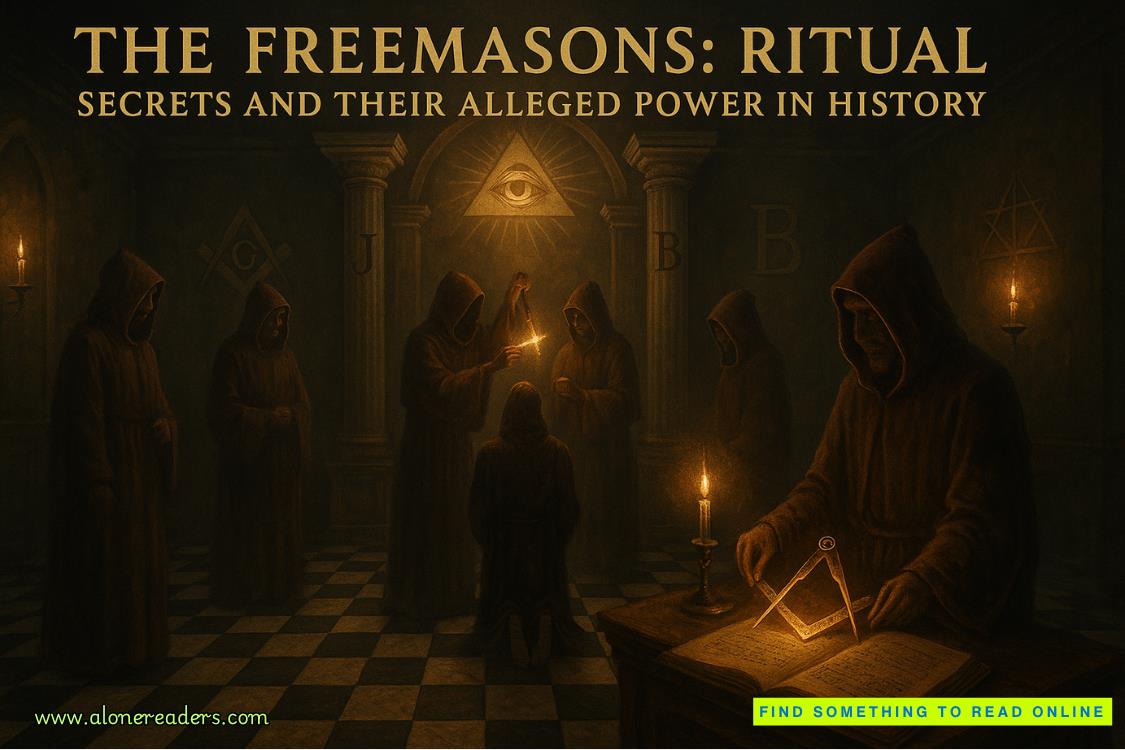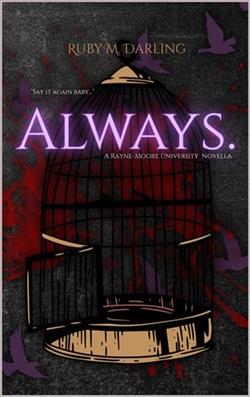Page 116 of Under Southern Stars
The offer hangs in the air between us. A part of me wants to accept, to avoid the pain of his presence. But Madison’s pleading eyes win out.
“We’d appreciate the tour,” I say finally, my voice formal. “Madison’s been looking forward to it.”
Relief flickers across his face. “Of course. I’ll let Lily know.”
Twenty minutes later, we follow a well-maintained path into a densely wooded gully. The evening air is crisp, autumn leaves crunching beneath our feet. Lily leads the way, pointing out native plants to an enthusiastic Madison. Jack hangs back, maintaining a respectful distance from me.
“The sanctuary covers about fifty acres,” Lily explains, her voice carrying in the quiet evening. “Most of it’s off-limits to visitors to protect the birds, but we have observation hides where we can watch without disturbing them.”
“Fifty acres just for birds?” Madison sounds impressed. “That’s huge!”
“It’s a special place,” Lily agrees. “We’ve had a breeding program here for nearly fifteen years now.”
I watch Jack’s profile in the fading light, the tension in his shoulders, the careful way he keeps his focus on Madison rather than me. Despite everything, there is something undeniably attractive about his passion for conservation, his gentle way of explaining things to my daughter.
The path opens into a small clearing with an educational display. The modern structure seems at odds with the wild setting, until I realize it was designed to blend into the environment, the wood weathered to match the surrounding trees.
“This is where we start the tours,” Lily explains. “Though we don’t get many visitors—just conservation groups and researchers, mostly.”
Jack steps forward, gesturing Madison toward a display of footprints pressed into clay. “Kiwis have three toes instead of four like most birds,” he explains. “It helps identify their tracks in the wild.”
Madison kneels to examine the display, her excitement palpable. “They have massive feet for their size.”
“They spend most of their time rooting around in the soil for worms and insects,” Jack says, his voice softening with genuine enthusiasm. “They’re the only birds with nostrils at the end of their beaks.”
I hang back, watching the interaction. Jack’s attention is entirely on Madison, responding to her questions with patience and detail, adjusting his explanations based on her reactions. It is so different from Troy, who’d barely listen when Madison spoke, his attention always divided between her and his phone, his responses generic when they came at all.
We continue along the path, the light dimming further. Lily hands us each a small red flashlight. “Regular light disturbs them, but they don’t see red light as well.”
The path eventually leads to a wooden structure built half underground, with viewing slots at ground level. We enter quietly, taking seats on benches facing the windows.
“This is the main observation hide,” Jack whispers, his voice barely audible. “If we’re quiet, they’ll come right up to the edge of the clearing.”
Madison can barely contain herself, bouncing slightly on the bench. “How many are there?”
“About five breeding pairs in the sanctuary now,” Lily answers. “We’ve released twice that number into the wild over the years, mostly on the west coast of the South Island here.”
Jack leans toward Madison. “What do you think is the number one predator of kiwis?”
Madison considers for a moment. “Hawks? Foxes?”
“No, actually, it’s dogs,” Jack says, surprising me. “Kiwis have no sternum—that’s the breastbone that most birds have—and dogs love to smell. Kiwis have a very distinctive smell.”
He grimaces slightly. “When I was at the National Hatchery in Rotorua, sometimes you’d almost wish for a big burp of sulfur from the geothermal vents because it honestly smelled better than the kiwis sometimes.”
Madison giggles, and even I feel a smile tugging at my lips despite myself.
“So the dogs poke at them with their noses and kill them without even meaning to,” Jack continues. “They’re incredibly vulnerable.”
As if on cue, a small, round shape emerges from the underbrush outside the hide. Even in the dim red light, I can make out the distinctive long beak and fuzzy, rounded body.
“There’s one,” Lily whispers.
Madison gasps. “They’re fast! And so much bigger than I thought! It’s like a fuzzy football with a stick.”
Jack chuckles softly. “They’re about the size of a domestic chicken, but rounder. The females are larger than the males—sometimes by almost a third.”
We watch in silence as the kiwi probes the ground with its long beak, completely unaware of our presence. After a few minutes, it is joined by another, slightly smaller bird.















